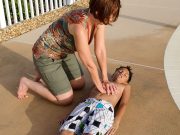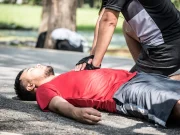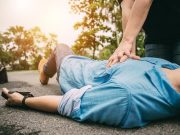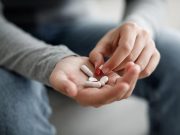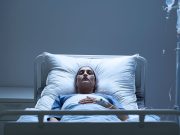Tag: CARD
Quick Bystander CPR Impacts Survival for Out-of-Hospital Cardiac Arrest in Children
Time window to initiate successful CPR in children may be only five minutes, shorter than for adults
AEDs in Houses Improve Outcomes for Cardiac Arrest With Shockable Rhythm
Incremental cost-effectiveness ratio was $4,481,659 per quality-adjusted life-year for AED in a private home
Sleep Apnea Increases Sudden Cardiac Arrest Risk in Children With Epilepsy
Increased SCA risk seen in association with long-term CPAP, while risk reduced with adenotonsillectomy
Prevention of ‘Tongue Swallowing’ in Resuscitation of Athletes Associated With Poor Prognosis
Attempts to prevent tongue swallowing are common among athletes with cardiac arrest, but are associated with death or severe anoxic brain damage
Mortality, Sudden Cardiac Death Higher for Male Professional Bodybuilders
Professional bodybuilders have higher risk for sudden cardiac death compared with amateurs
Study IDs Nonclinical, Modifiable Risk Factors Tied to Sudden Cardiac Arrest
An estimated 40 to 63 percent of sudden cardiac arrest cases could be prevented by improving unfavorable profiles
Longer Exposure to Antidepressants Increases Risk for Sudden Cardiac Death
Generally, difference in risk associated with antidepressant exposure decreases with age
ACC: Cardiac Arrest Incidence at Long-Distance Races Remains Stable
There has been a marked decline in cardiac arrest mortality during the last decade
Speed of Resuscitation Critical to Survival Outcomes After Cardiac Arrest Events
Predictors of in-hospital mortality include worse LVEF, longer time to return of spontaneous circulation, older age
Study Looks at Recovery Potential in Comatose Patients Who Died After Halting Life-Sustaining Therapy
Most patients who died after withdrawal of life-sustaining therapy were considered to have recovery potential of at least 1 percent


